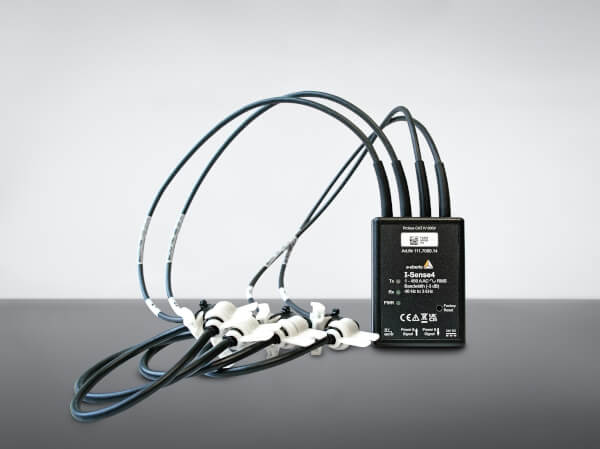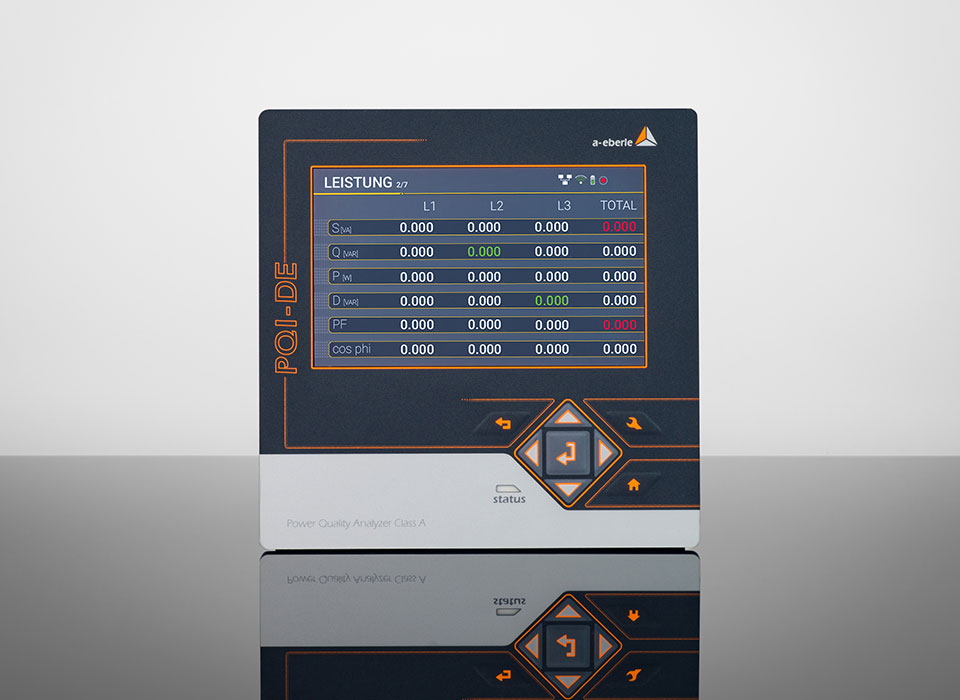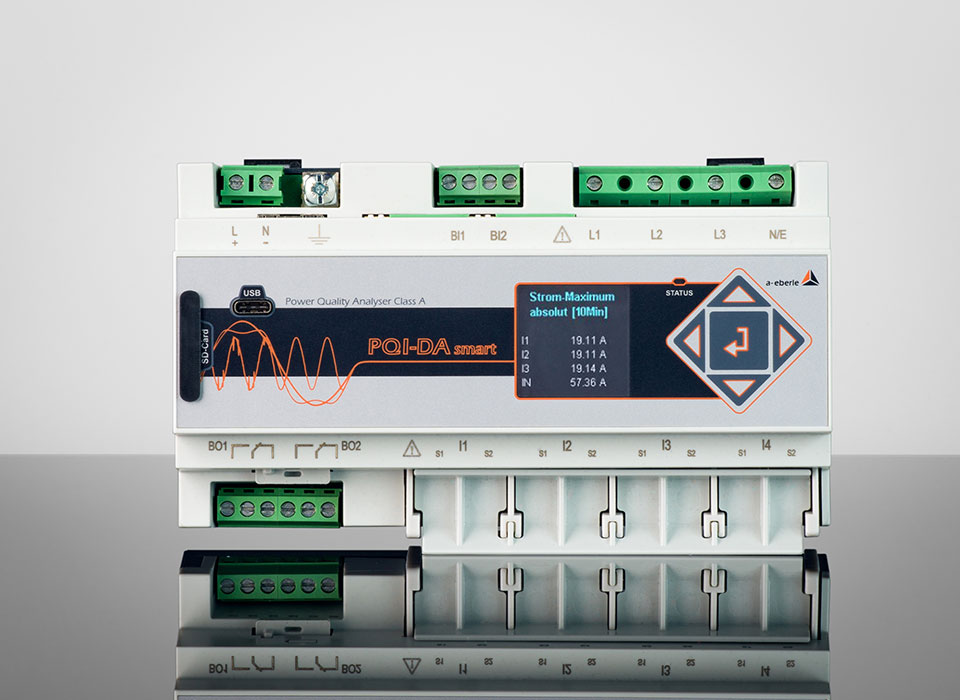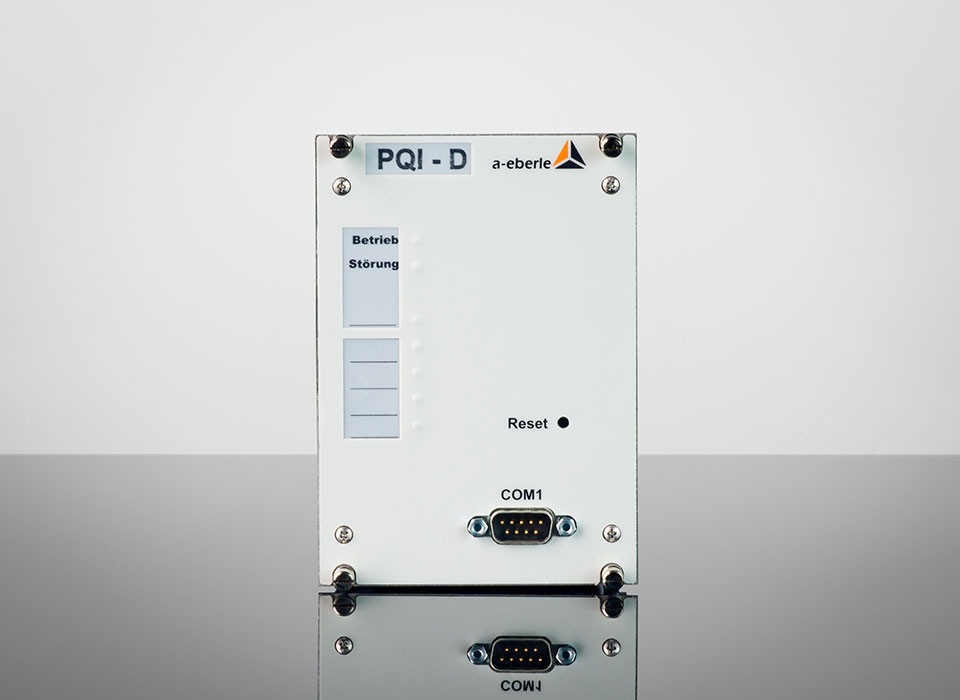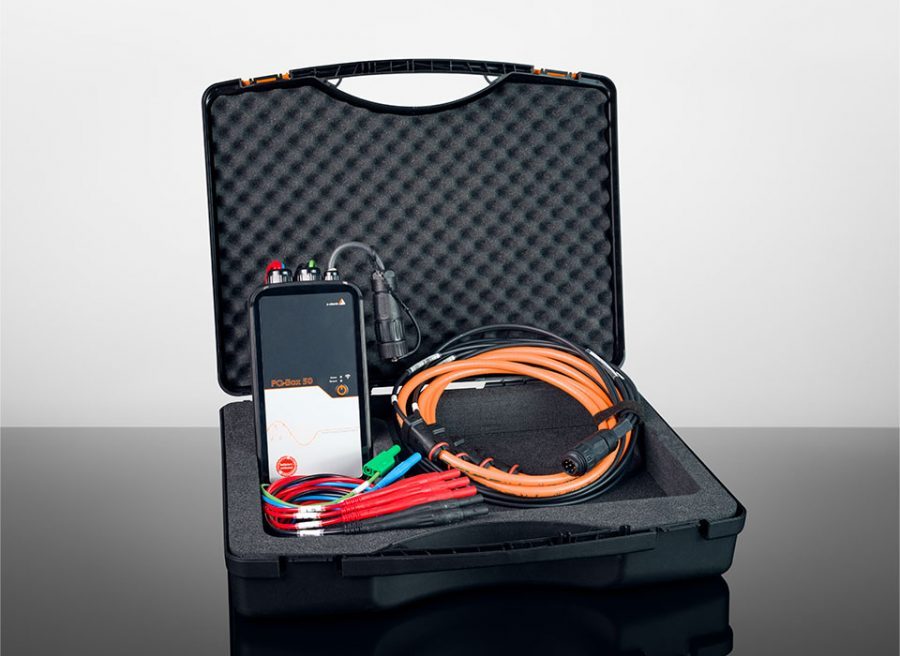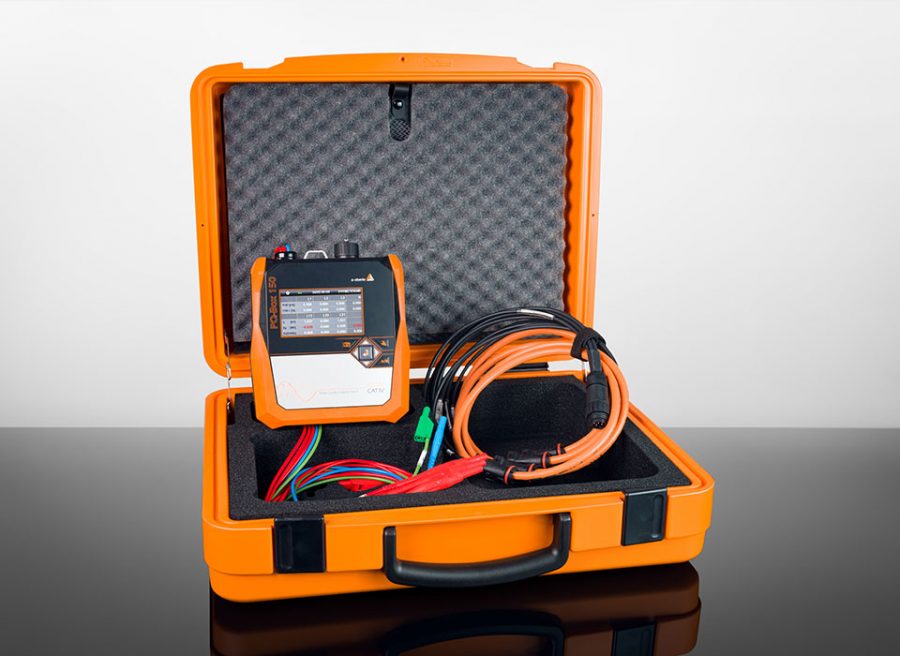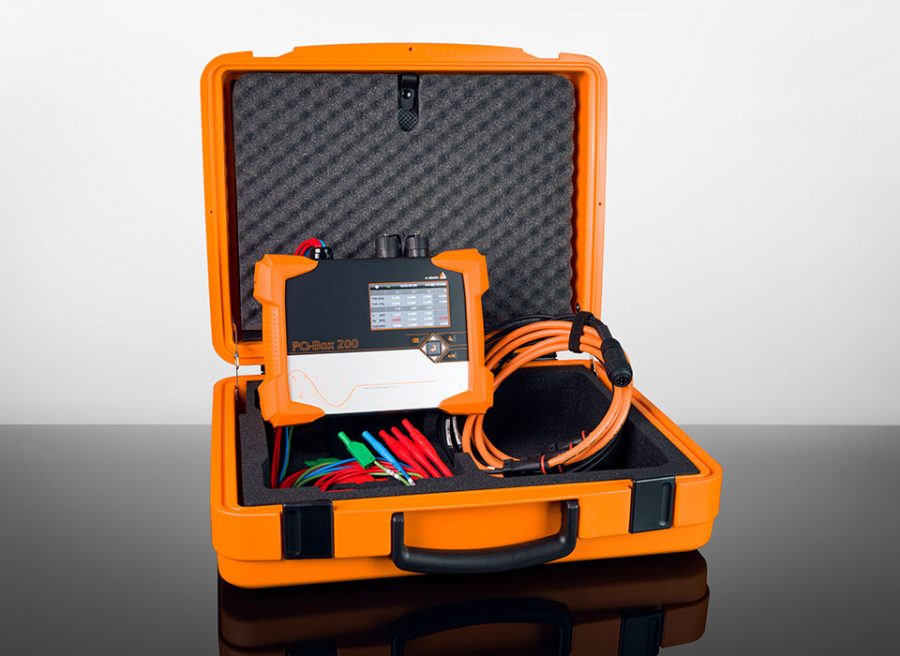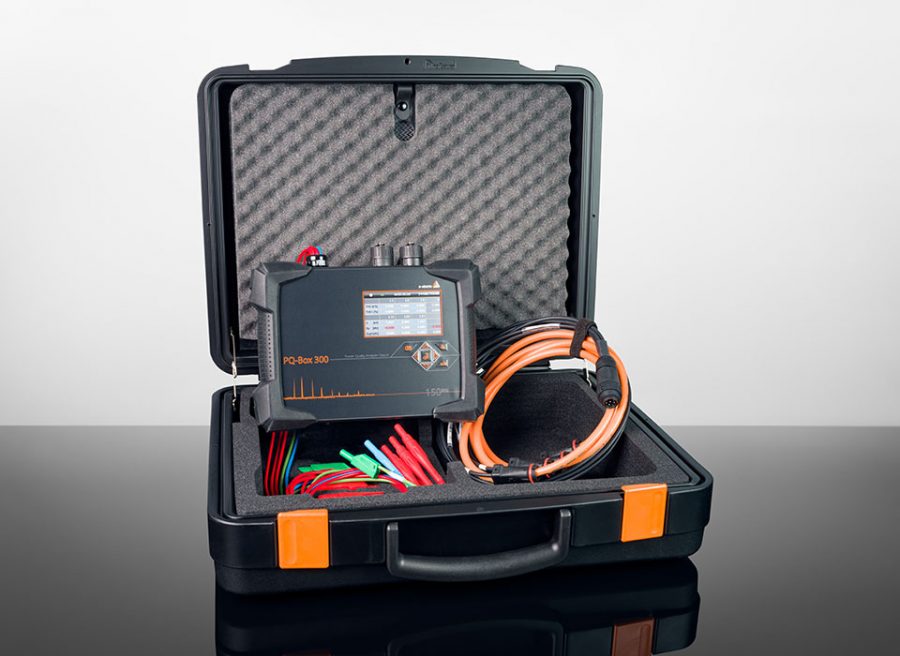Standards play a major role for power quality measurements. Accordingly, it is essential that these standards are also adapted to the new conditions in the course of the change in energy technology. In the second article of our series, we look at the current standards and how they should be interpreted with regard to high switching frequencies.
The choice of the standard is essential for the success of the measurement evaluation.
For each measurement in the field of power quality, it is important to consider the standards that apply to the respective network. Two standards are frequently chosen in the course of voltage harmonics in the low-voltage grid: EN 50160 and IEC 61000-2-2. Today’s EN 50160 is limited because it does not define compatibility levels for the public grid above the 25th harmonic.
Accordingly, the IEC 61000-2-2, which describes the characteristics for compatibility levels for low-frequency conducted disturbances and signal transmissions in public low-voltage networks, can be added to the EN 50160 for a measurement. Comparing the two standards with each other, the following difference in regard to measurement will be noticed:
- The EN 50160 is intended for the transfer point to the customer: In the low voltage grid, the measurement would be conducted at the customer’s house connection.
- The IEC 61000-2-2 describes the so-called PCC (= Point of coming Coupling), which means that the point is considered where other consumers come in.
According to the IEC standard, if a cable distribution box is used and a 100 m long line to customer A and another line to customer B is connected to this cable distribution box, the appropriate measuring point in this case would be the cable distribution box. In this case, this would be the PCC. If measurements were taken in a multi-family house with several meters, the measuring point would be the meter and thus the same for both the EN 50160 and the IEC 61000-2-2.
The IEC 61000-2-2
Until lately, there was a gap in the IEC 61000-2-2 between the 50th harmonic and 150 kHz. This means that up to the 50th harmonic there were compatibility values in the network. From 150 kHz upwards, there have always been EMC standards up to a few GHz. These defined what interference a consumer was allowed to emit. The range above the 50th harmonic up to 150 kHz was not regulated until 2018. This means that if a consumer emits, for example, 8 kHz into the network and disturbs other consumers with it, no limit value was violated until then.
Figure 1 provides an overview of the valid levels up to 9 kHz.

Figure 2 shows the limit value in the range from 9 kHz to 30 kHz. What is somewhat striking for power engineers at this point: Normally, people are used to defining the compatibility levels in absolute values or in % deviation from the nominal value, but this standard defines it in dB(μV). A little help how to convert these values into mV values is given in the lower part of the figure.

Limit values of the VDE connection guidelines
Taking a look at the VDE connection guidelines (VDE AR-N-4100/ VDE AR-N-4110/ VDE AR-N-4120/ VDE AR-N-4130), for example, it becomes apparent that limit values for currents up to 9 kHz are also defined here. At this point, the power quality moves from the low-frequency to the range of higher switching frequencies.
For the connection of a customer installation to the low-voltage grid, there would be compatibility values for the currents of a customer installation of 2 kHz to 9 kHz according to Figure 3. The special feature of this case is that it is not a multiple of 50 Hz. In the range between 2 kHz and 9 kHz, 200 Hz bands are always combined.
The upper part of picture 3 shows that in the range between 8.8 kHz and 9 kHz all spectral lines are grouped by the measuring device and the centre frequency is indicated. An 8.9 kHz accordingly means that all repercussions between 8.8 kHz and 9 kHz are included and for this range limit values are defined.
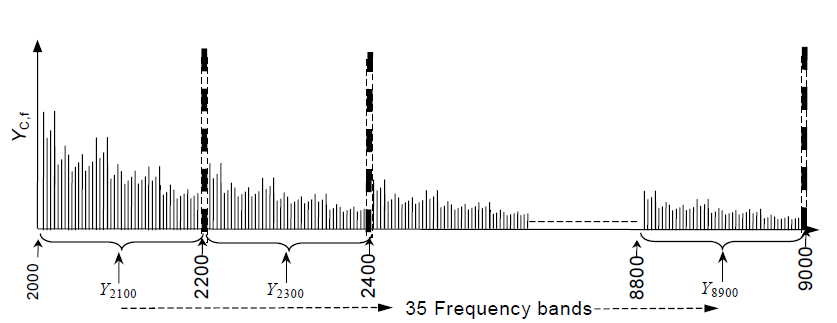
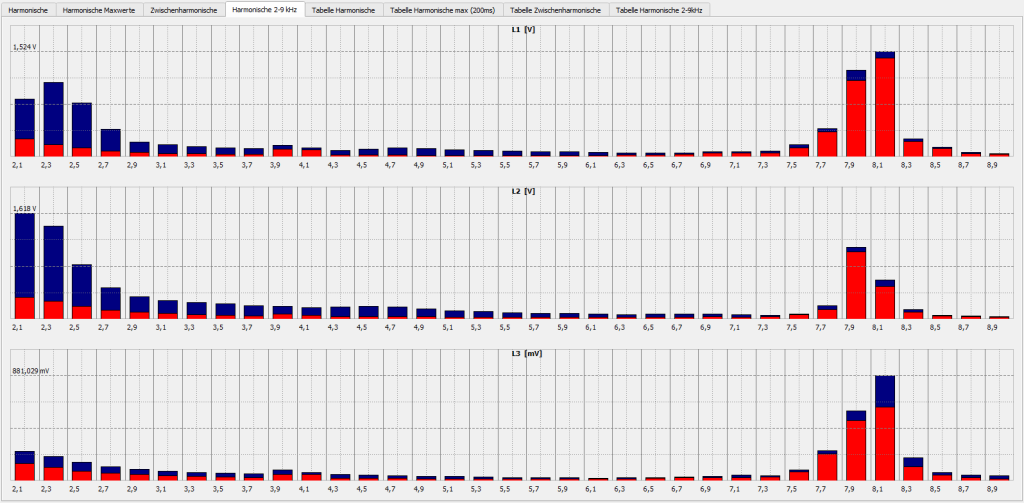
Examples of standard evaluations
A standard evaluation could proceed as follows: Over the period of one week, the power quality is measured in the range up to 150 kHz (see Figure 4). The limit value line can be displayed via the WinPQ mobile software. Our software offers the option of displaying this as a percentage in relation to the fundamental or in dB(μV). You can see in the measurement that the higher the frequencies, the lower the limit value. In this example, limit violations can be detected.
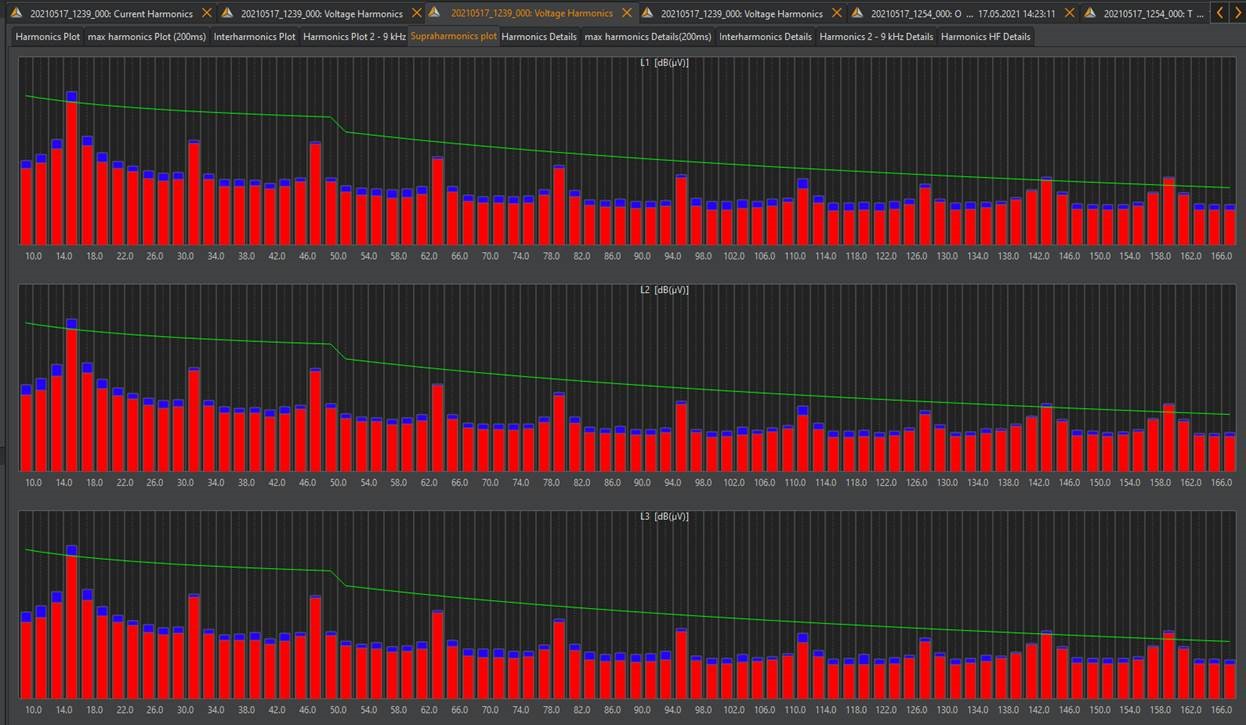
Another practical example was carried out at a University of Applied Sciences. The University has a large solar system as well as several charging stations for e-mobiles. Now it was investigated what influence the e-mobiles have on repercussions in the grid. Customers and various energy suppliers suspected that different vehicles are not compatible with each other in the grid and stop charging due to mutual interference if another vehicle is charged in parallel.
Figure 5 shows the measurement of an e-mobile at the charging station. The graph shows a mains feedback at 10 kHz on the current. This is the switching frequency of the charge controller in the vehicle. The upper graph shows the feedback on the voltage via the impedance of the grid. In our case, the voltage level is 1.75 V. As already described: The 10 kHz with 1.75 V look for some consumer through which they can short-circuit. In fact, vehicles can interfere with each other in such a way that the charging process is interrupted. The entire measurement can be found in our application report Parallel Charging of Electric Vehicles.
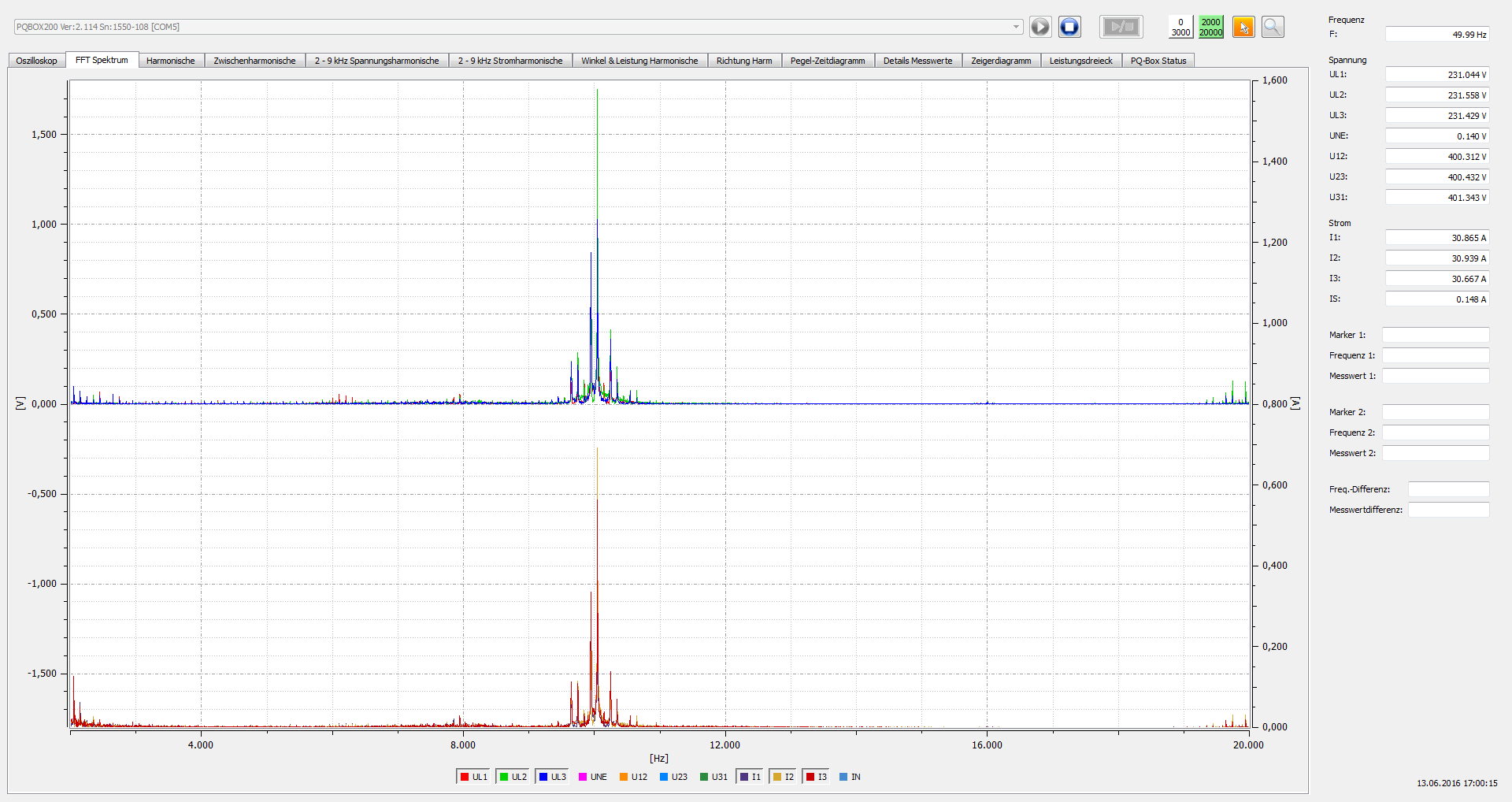
Author
Jürgen Blum, Product Manager Power Quality Mobile

